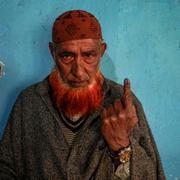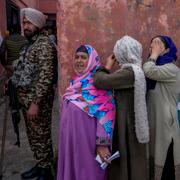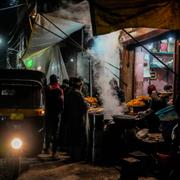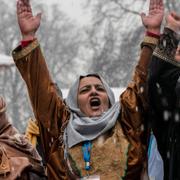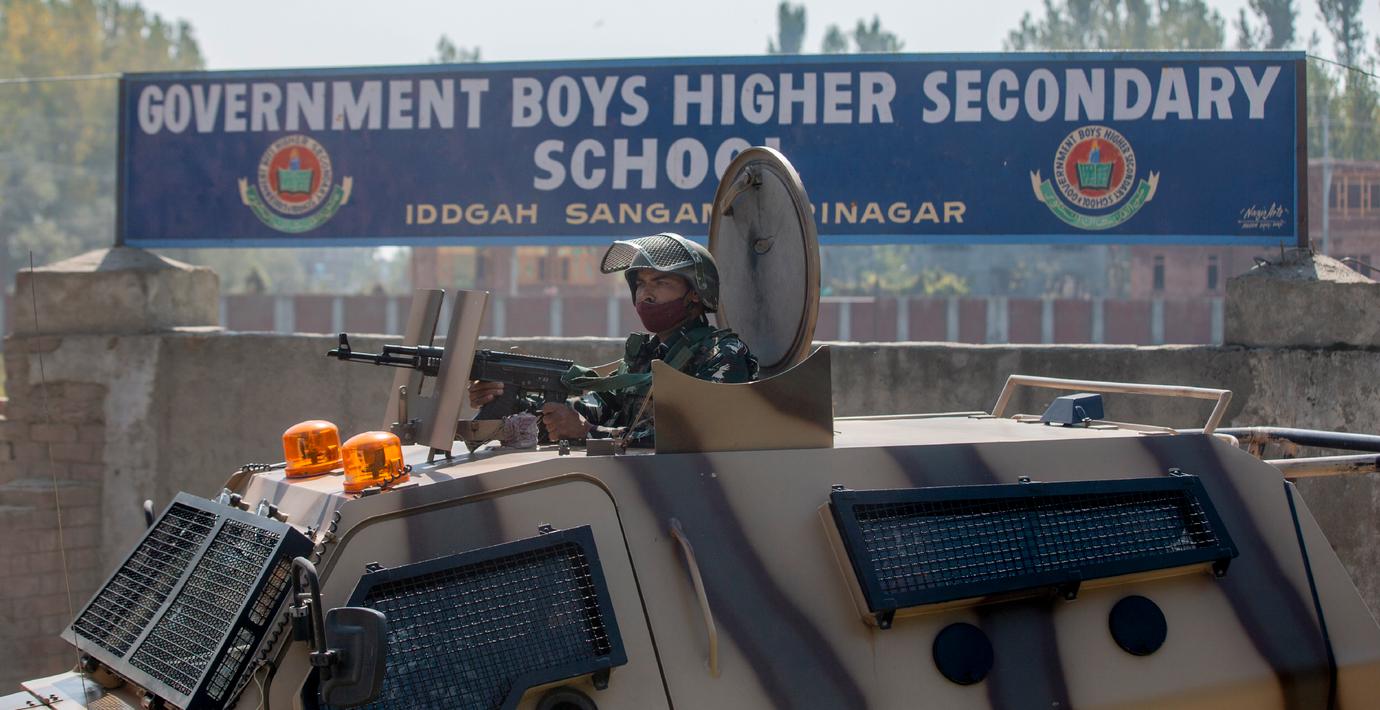
Två lärare ihjälskjutna vid statlig skola i Kashmir
Två lärare har skjutits ihjäl på en statlig skola i Kashmirs regionhuvudstad Srinagar, skriver The Guardian. Myndigheterna skyller dubbelmordet på en militantgrupp som strider mot det indiska styret av regionen.
Enligt vittnen sköts Supinder Kour, som var skolans rektor, och hennes kollega Deepak Chand ihjäl för att attentatsmännen fått reda på att de var sikh respektive hindu, vilket gjorde dem till minoritetsgrupper i den till stor del muslimska regionen.
– De krävde identifikation, alla som var muslimer uppmanades lämna medan rektorn och en annan lärare tvingades stanna i rummet, säger en anonym skolanställd.
Inga elever fanns på skolan på grund av covidrestriktioner.
bakgrund
Konflikten i Kashmir
Wikipedia (en)
The Kashmir conflict is a territorial conflict over the Kashmir region, primarily between India and Pakistan, with China playing a third-party role. The conflict started after the partition of India in 1947 as both India and Pakistan claimed the entirety of the former princely state of Jammu and Kashmir. It is a dispute over the region that escalated into three wars between India and Pakistan and several other armed skirmishes. India controls approximately 55% of the land area of the region that includes Jammu, the Kashmir Valley, most of Ladakh, the Siachen Glacier, and 70% of its population; Pakistan controls approximately 35% of the land area that includes
Azad Kashmir and Gilgit-Baltistan; and China controls the remaining 20% of the land area that includes the Aksai Chin region, the mostly uninhabited Trans-Karakoram Tract, and part of the Demchok sector.
After the partition of India and a rebellion in the western districts of the state, Pakistani tribal militias invaded Kashmir, leading the Hindu ruler of Jammu and Kashmir to join India. The resulting Indo-Pakistani War ended with a UN-mediated ceasefire along a line that was eventually named the Line of Control. After further fighting in the wars of 1965 and 1971, the Simla Agreement formally established the Line of Control between the two nations' controlled territories. In 1999, an armed conflict between India and Pakistan broke out again in Kargil with no effect on the status quo.Since 1989, Kashmiri protest movements were created to voice Kashmir's disputes and grievances with the Indian government in the Indian-controlled Kashmir Valley, with some Kashmiri separatists in armed conflict with the Indian government based on the demand for self-determination. The 2010s were marked by further unrest erupting within the Kashmir Valley. The 2010 Kashmir unrest began after an alleged fake encounter between local youth and security forces. Thousands of youths pelted security forces with rocks, burned government offices, and attacked railway stations and official vehicles in steadily intensifying violence. The Indian government blamed separatists and Lashkar-e-Taiba, a Pakistan-based militant group, for stoking the 2010 protests. The 2016 Kashmir unrest erupted after killing of a Hizbul Mujahideen militant, Burhan Wani, by Indian security forces. Further unrest in the region erupted after the 2019 Pulwama attack.According to scholars, Indian forces have committed many human rights abuses and acts of terror against the Kashmiri civilian population, including extrajudicial killing, rape, torture, and enforced disappearances.
According to Amnesty International, no member of the Indian military deployed in Jammu and Kashmir has been tried for human rights violations in a civilian court as of June 2015, although military courts-martial have been held. Amnesty International has also accused the Indian government of refusing to prosecute perpetrators of abuses in the region.
Srinagar, Jammu och Kashmir
Omni är politiskt obundna och oberoende. Vi strävar efter att ge fler perspektiv på nyheterna. Har du frågor eller synpunkter kring vår rapportering? Kontakta redaktionen
